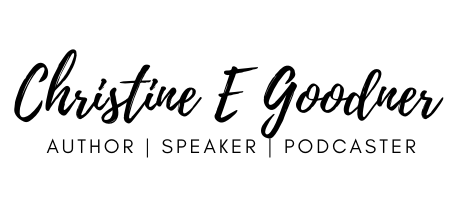I've learned a lot about practice since my middle school days when I was just…

Transitions
Transitions – moving from one activity to another – make a huge impact on children. If you simply google transitions and teaching, you will find pages and pages of articles on the topic.
Classroom teachers think carefully about how they move from one activity to another. Without giving the topic any thought lots of time can be lost re-grouping and getting focus back on learning or the activity/subject at hand.
When I teach early childhood music classes the transition between each activity in class is what holds the class’ attention and focus. It is done very carefully so that the class keeps moving along without losing anyone along the way.
The same tactic can be used in instrumental practice at home to cut down on conflict and make practice run more smoothly.
How do you transition into practice in your house?
Are you giving thought to how practice gets started?
Does it take a long time for your child to get into the groove of practice and get going on actual practice?
If so, there is likely something that can be done with the transition INTO practice that will help it start out more smoothly.
Here are some ideas to help transition into practice sessions at home:
1.Give a warning that practice will start in X number of minutes to give your child time to mentally transition
2. Set a timer so that hearing go off gives your child a signal that it’s time to start.
3. Start practice with an enjoyable activity related to practice. Spending 3-5 minutes on this can cut down on lots of stalling and help you ease into practice, over time you may not even need this anymore. This could involve singing or clapping rhythms or picking up small object with fingers to build fine motor skills.
4. Start practice by listening to a piece of music your child is working on. Young children might color “what they hear” while listening. Older students might follow in the music while listening to a piece they are learning.
5. Make a commitment to keep things positive and upbeat. This doesn’t mean nothing feels hard or there isn’t lots of work involved just an attitude we’re bringing as adults into the situation.
6. Start with a game. Draw a card with the scale that will start of practice or with the review piece to play first. There are endless practice games online. If this helps your child practice productively, use it to your advantage.
7. Start with a non-instrument activity like note reading or theory book (or game).
8. Start by having your child teach you something on the instrument.
9. Start by reading. There are many children’s books about music. I love Kenesha Ryce’s new book Vio’s Violn for example. You can find many music related books at the library as well. Find a book about practice or a well know musician for older students. Laurie Niles has two books of violinist interviews published that would make great reading for older students. There are also books about composers that would be great reading as well. Alternately, this reading could happen as a practice reward at the end of practice.
10. Reward your child’s attitude coming to practice. This is actually the most effective tip I’ve found to help parents I work with. We tend to get more of the behavior we draw attention to. If a family is struggling to start practice at home I often give the assignment of a “good attitude practice challenge.” I ask the student to start practice without complaining and I ask parents to track the start of practice only for a week or two. A sticker can be added to the calendar for each day that practice is started without a behavior issue and then we work out some kind of reward. Baking a favorite treat together. A trip to the library with mom or dad. Something involving quality time is often motivating to young students. Often after a couple weeks of focusing on how we come to lessons we get in a new habit and things improve quite a bit.
Note: Once you find something that works well be aware that over time you may need to shift to a new activity depending on the needs of your child. If you notice that transitions into practice become difficult again, it’s time to try a new strategy.
_____________________
Looking for more inspiration to help home practice? Check out Positive Practice: 5 Steps to Helping Your Child Develop a Love of Music a new workbook for parents.
Get the Email Course
Read our privacy policy HERE




